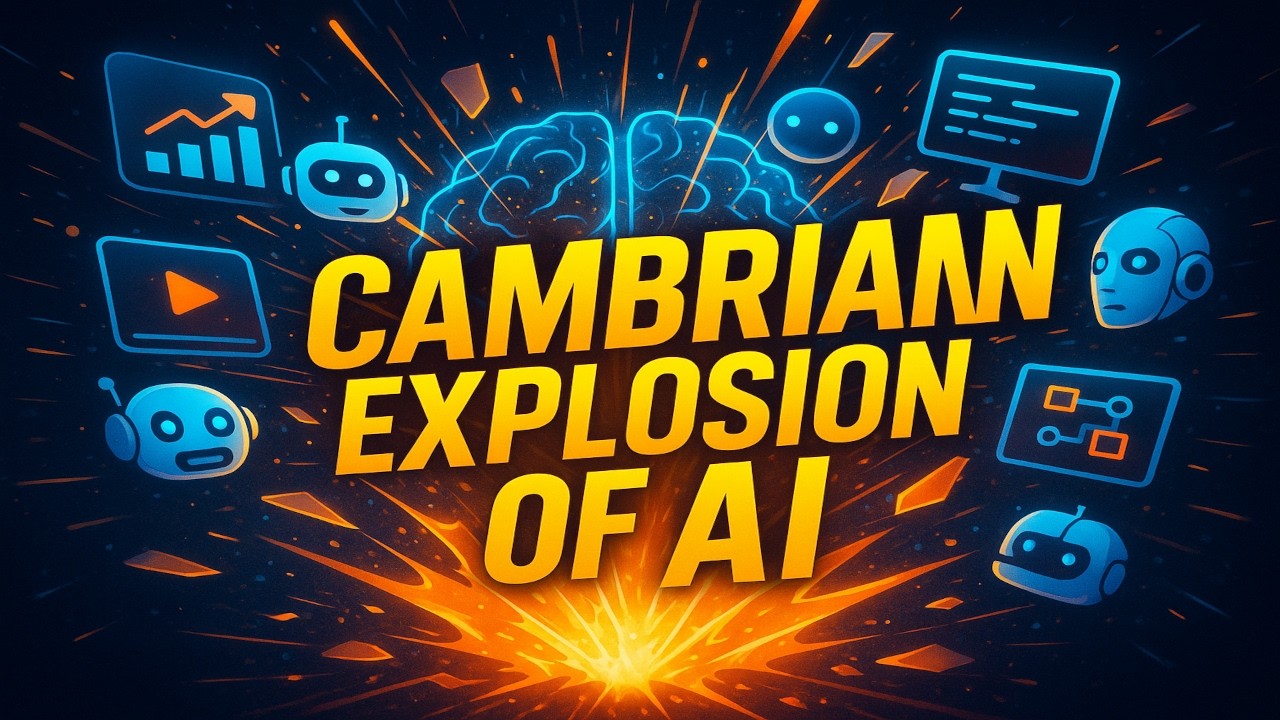Over the past six months, AI has rapidly evolved from experimental chatbots to widely adopted autonomous agents, with significant advancements in model capabilities, adoption rates, and integration into business and legal frameworks. This unprecedented growth, driven by foundational technologies and increasing executive investment, marks 2025 as the pivotal year for AI agents, promising transformative impacts across industries and global challenges.
The video provides a retrospective look at the rapid progress in AI over the past six months, from March to October 2025. The biggest headline is the rise of agentic AI, which has evolved from an experimental concept to a widely adopted infrastructure across major businesses. Companies are now actively deploying AI agents, either independently or with support from tech giants like Microsoft, Google, and OpenAI. This shift marks a transition from AI chatbots being mere knowledge engines to becoming autonomous action engines capable of taking direct actions guided by users.
Several significant AI model releases occurred six months ago, including Google Gemini Pro 2.5, OpenAI’s GPT-4.5, and Grock 3. Since then, AI capabilities have dramatically improved, as evidenced by benchmarks like the Software Engineering Benchmark (Swechen), which jumped from 21% to 70% accuracy. As older benchmarks become saturated, new ones like OpenAI’s GDP Val are emerging to measure AI’s effectiveness in real economic products. Importantly, the adoption of generative AI is happening faster than any previous technology, including PCs, the internet, and cloud computing, according to industry veterans.
On the research front, the focus has shifted from questioning AI’s feasibility and ROI to addressing governance, policy, and the real-world consequences of AI deployment. The demand for chips, data centers, and energy is growing, while token costs are dropping significantly. Responsibility for AI systems is being integrated into existing business frameworks, such as the RACI matrix, which defines accountability and ownership. Legal and regulatory frameworks are also evolving as courts begin to handle AI-related cases.
Public perception of AI has also changed. While early excitement about AI’s potential has tempered, concerns about risks like deepfakes, ethics, and job displacement have grown, especially in developed nations. However, AI’s practical applications, such as improved weather forecasting, are gaining acceptance. The hype cycle has matured into what the speaker calls a “Cambrian explosion” of AI tools, driven by foundational technologies like diffusion models and transformers, leading to a rapid proliferation of AI applications across various domains.
In conclusion, the video emphasizes that no technology has advanced or been adopted as quickly as AI in recent decades. With 88% of executives planning to increase AI budgets, particularly for agentic capabilities, 2025 is firmly established as the year of the AI agent. The speaker expresses optimism about AI’s continued progress and its potential to address major global challenges like longevity and cancer. This retrospective serves as a reminder of how far AI has come in just six months and sets an exciting tone for the future.
